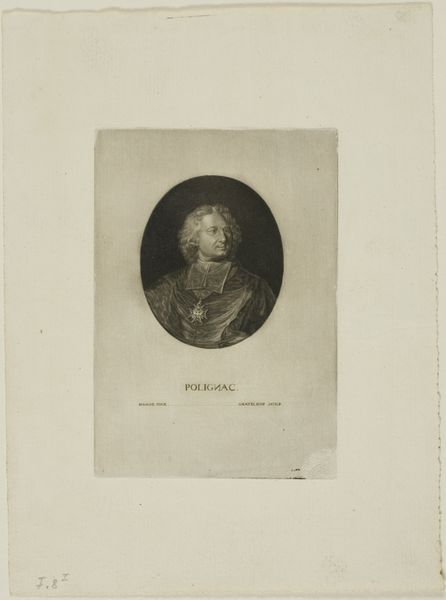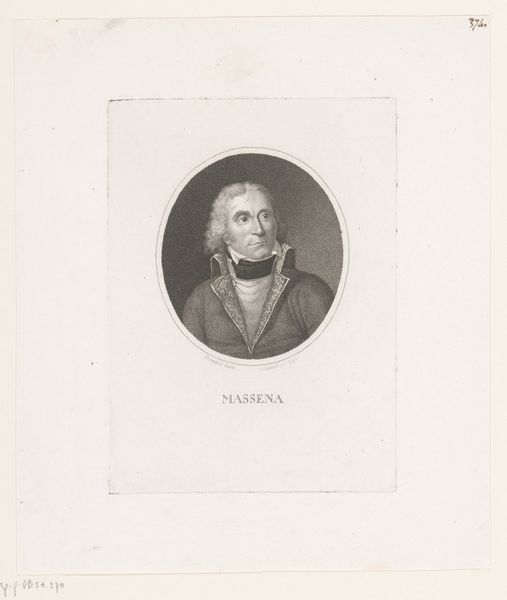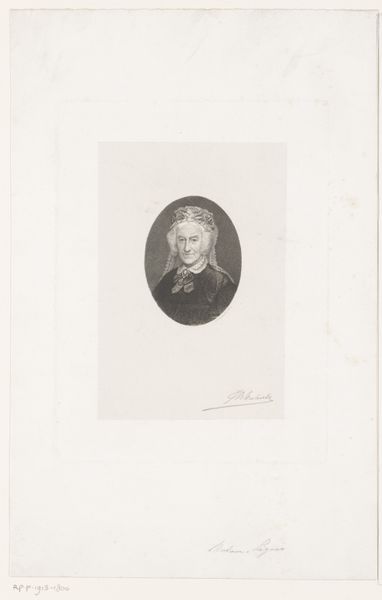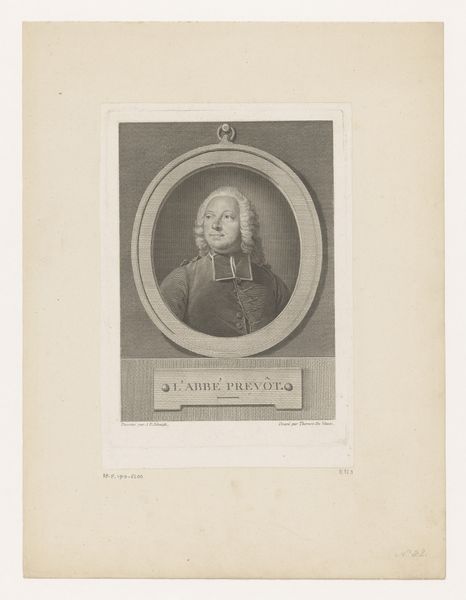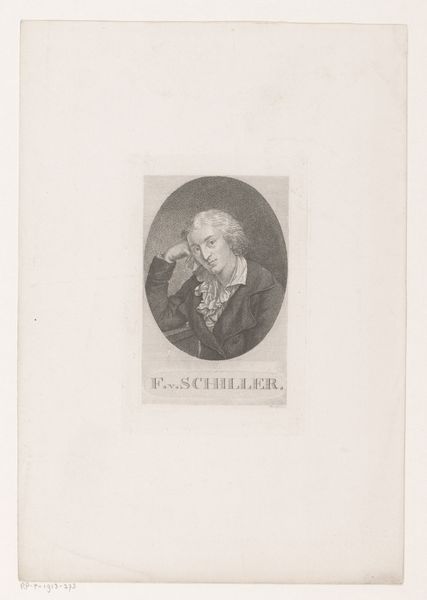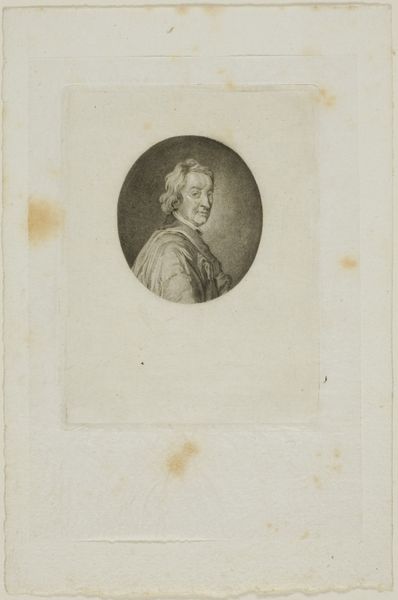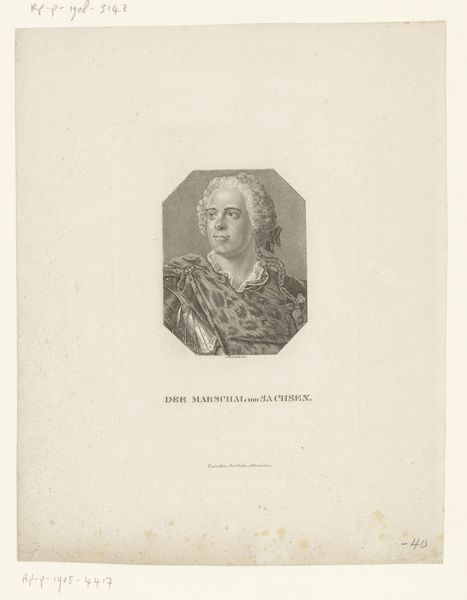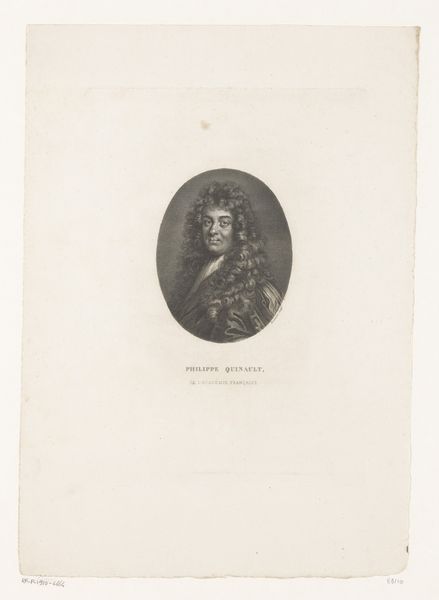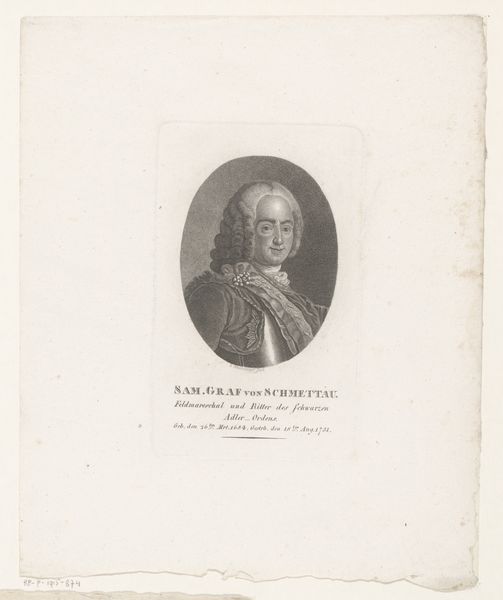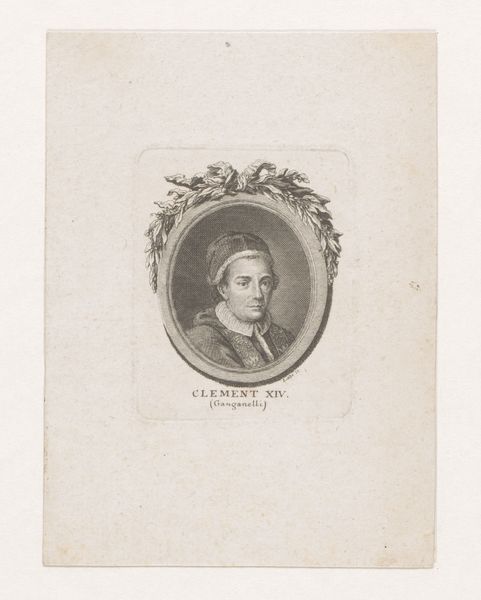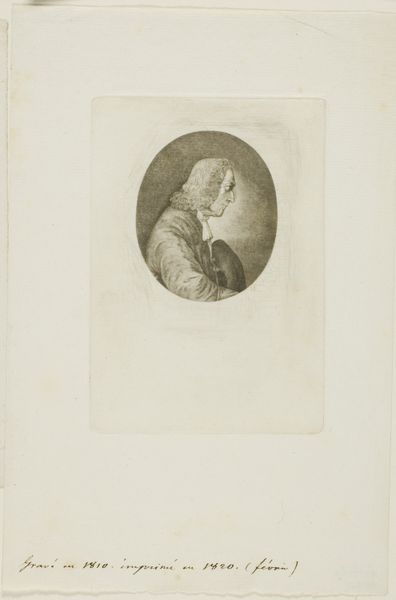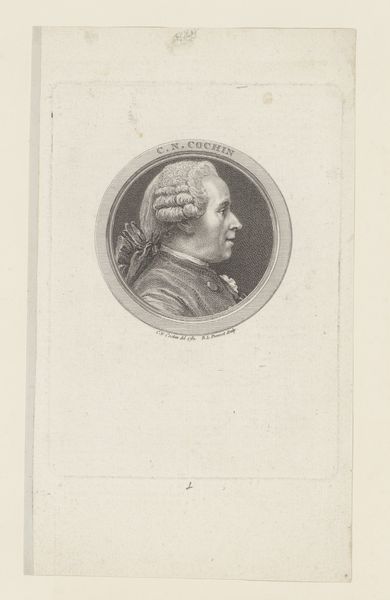
print, engraving
#
portrait
#
neoclacissism
# print
#
classical-realism
#
history-painting
#
engraving
Dimensions: height 174 mm, width 124 mm
Copyright: Rijks Museum: Open Domain
Heinrich Schmidt created this portrait of Louis-Alexandre Berthier around the late 18th or early 19th century, using a printmaking technique. The choice of printmaking is significant. It's not unique, but suggests a desire for wider circulation, in contrast to a one-off painting. Look closely, and you’ll notice the intricate network of fine lines and dots. These create the tonal variations that define Berthier's features and clothing. Printmaking is a craft, one that requires technical skill and precision to transfer an image from a matrix, likely a metal plate, to paper. It's a process of reproduction and dissemination. In comparison to traditional art, it brings the artwork within reach of a broader audience. This work is also a document of a particular moment in history. It reflects the rise of print culture and its impact on society. This portrait allows us to consider how artistic techniques and values were evolving. These prints became tools for shaping public opinion and immortalizing figures like Berthier, who became a symbol of power and authority during this age.
Comments
No comments
Be the first to comment and join the conversation on the ultimate creative platform.
